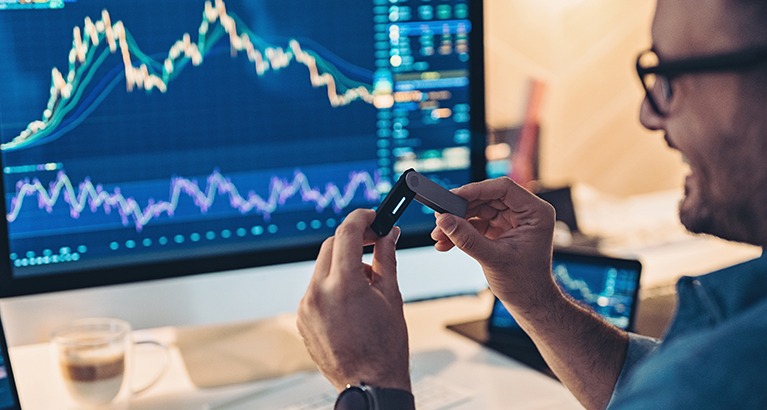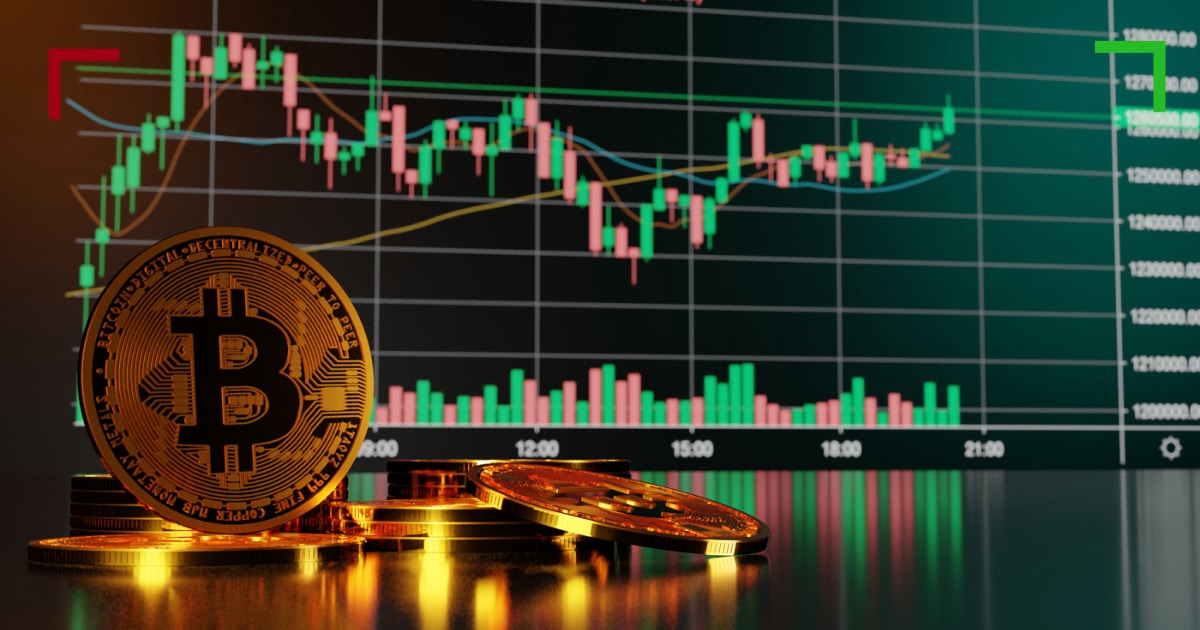
Understanding Trading Automation in Cryptocurrency
In the ever-evolving landscape of financial markets, trading automation has emerged as a game-changer, especially in the realm of cryptocurrency. The rapid rise of digital assets has attracted traders from all over the world, making it essential to find effective strategies that optimize trading decisions. This article provides an in-depth exploration of trading automation in the crypto space. For those interested in the technical aspects, Trading Automation Crypto click here to gain further insights.
What is Trading Automation?
Trading automation refers to the use of software and algorithms to execute trades on behalf of a trader. Automated trading systems can analyze market data, identify trading opportunities, and execute orders at a speed and efficiency that is unattainable by human traders. In cryptocurrency trading, automation allows for greater precision and the ability to take advantage of market fluctuations in real time.
Benefits of Trading Automation in Crypto
- Speed: Automated trading systems can analyze data and execute trades in milliseconds, enabling traders to capitalize on small price movements.
- Emotionless Trading: Automated systems eliminate emotional decision-making, which can often lead to mistakes. They stick to their programmed strategies and can execute trades consistently.
- Backtesting Capabilities: Traders can backtest their strategies using historical data to see how they would have performed. This helps refine trading strategies before deploying them in live markets.
- 24/7 Trading: The cryptocurrency market operates 24/7, and automation allows traders to take advantage of this non-stop trading environment without the need to monitor the market constantly.
Popular Trading Automation Tools and Platforms
Several platforms and tools make trading automation accessible for both novice and experienced traders. Here are some of the most widely used:

1. Trading Bots
Trading bots are software applications that use algorithms to analyze market data and execute trades based on predefined criteria. Some popular trading bots include:
- 3Commas: A robust platform that allows users to create and manage trading bots for various exchanges.
- Cryptohopper: Cloud-based trading bot that enables users to automate their trading strategies without requiring extensive coding knowledge.
- Gunbot: A highly customizable trading bot that supports a wide range of strategies and exchanges.
2. Algorithmic Trading Platforms
For those with a more technical background, algorithmic trading platforms enable users to create their own trading algorithms. Some notable platforms include:
- MetaTrader 4/5: While primarily known for forex trading, MetaTrader is also used for cryptocurrency trading through various brokers.
- TradingView: This platform offers powerful charting tools and the ability to automate trading through script creation.
- QuantConnect: A cloud-based platform that allows users to design, backtest, and deploy trading algorithms in various markets, including cryptocurrency.
Key Strategies for Successful Automated Trading
While automation can significantly enhance trading efficiency, the effectiveness of an automated strategy hinges on its design and execution. Here are some key strategies to consider:
1. Arbitrage Trading

Arbitrage involves taking advantage of price differences between different exchanges. Automated systems can quickly identify and exploit these discrepancies, executing trades almost instantaneously.
2. Trend Following
This strategy involves identifying and following prevailing market trends. By using historical data and technical indicators, automated systems can generate buy or sell signals based on trend analysis.
3. Market Making
Market makers provide liquidity to the markets by placing buy and sell orders. Automated systems can execute market-making strategies that benefit from the bid-ask spread, generating profit in both rising and falling markets.
Risks of Trading Automation
While trading automation offers numerous advantages, it is not without its risks. Some potential challenges include:
- Technical Failures: Software bugs, internet outages, or exchange downtime can lead to unexpected losses.
- Market Volatility: Rapid price movements can result in slippage or execution at unwanted prices.
- Over-optimization: There is a risk of creating overly complex strategies that perform well on historical data but fail in live markets.
Conclusion
Trading automation in cryptocurrency has revolutionized how traders approach the market, offering both efficiency and precision. With the right tools and strategies, traders can navigate the complexities of the crypto landscape while minimizing risks. As the market continues to evolve, the importance of automation will only grow, making it a vital component of any modern trading strategy. Whether you’re a beginner or an experienced trader, embracing automation could be the key to unlocking your trading potential.
